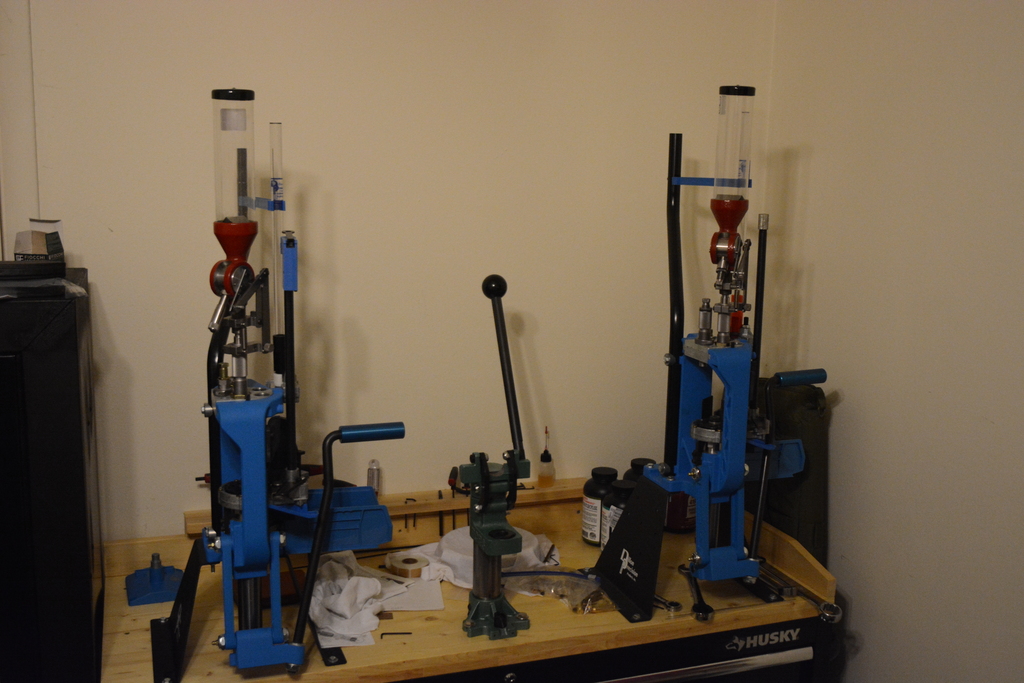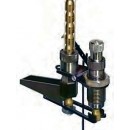I don't think the systems that use tubes to feed bullets help that much. You still have to feed the tubes. I can set the bullet on the case about as fast as I can feed it in the tubes. You really need a feeder that has a collator to gain any speed. The same with a case feeder. Both are fairly expensive. But, the case feeder is more affordable, especially if you load multiple calibers.
I'd strongly suggest moving to a Dillon before putting more money into accessories on the LnL.
With a Dillon, you will want a 650 if you plan on a case feeder and/or a bullet feeder. And I just might have one coming up for sale in the next couple of weeks! With everything ready to go, primer tubes filled etc, I can assemble 1000 rounds in under an hour. 45 minutes is not to hard to do. That is with a case feeder and bullet feeder.
With everything ready to go, primer tubes filled etc, I can assemble 1000 rounds in under an hour. 45 minutes is not to hard to do. That is with a case feeder and bullet feeder.
This is from this evening. 2+ gallons of 9mm.

I'd strongly suggest moving to a Dillon before putting more money into accessories on the LnL.
With a Dillon, you will want a 650 if you plan on a case feeder and/or a bullet feeder. And I just might have one coming up for sale in the next couple of weeks!
 With everything ready to go, primer tubes filled etc, I can assemble 1000 rounds in under an hour. 45 minutes is not to hard to do. That is with a case feeder and bullet feeder.
With everything ready to go, primer tubes filled etc, I can assemble 1000 rounds in under an hour. 45 minutes is not to hard to do. That is with a case feeder and bullet feeder. This is from this evening. 2+ gallons of 9mm.













